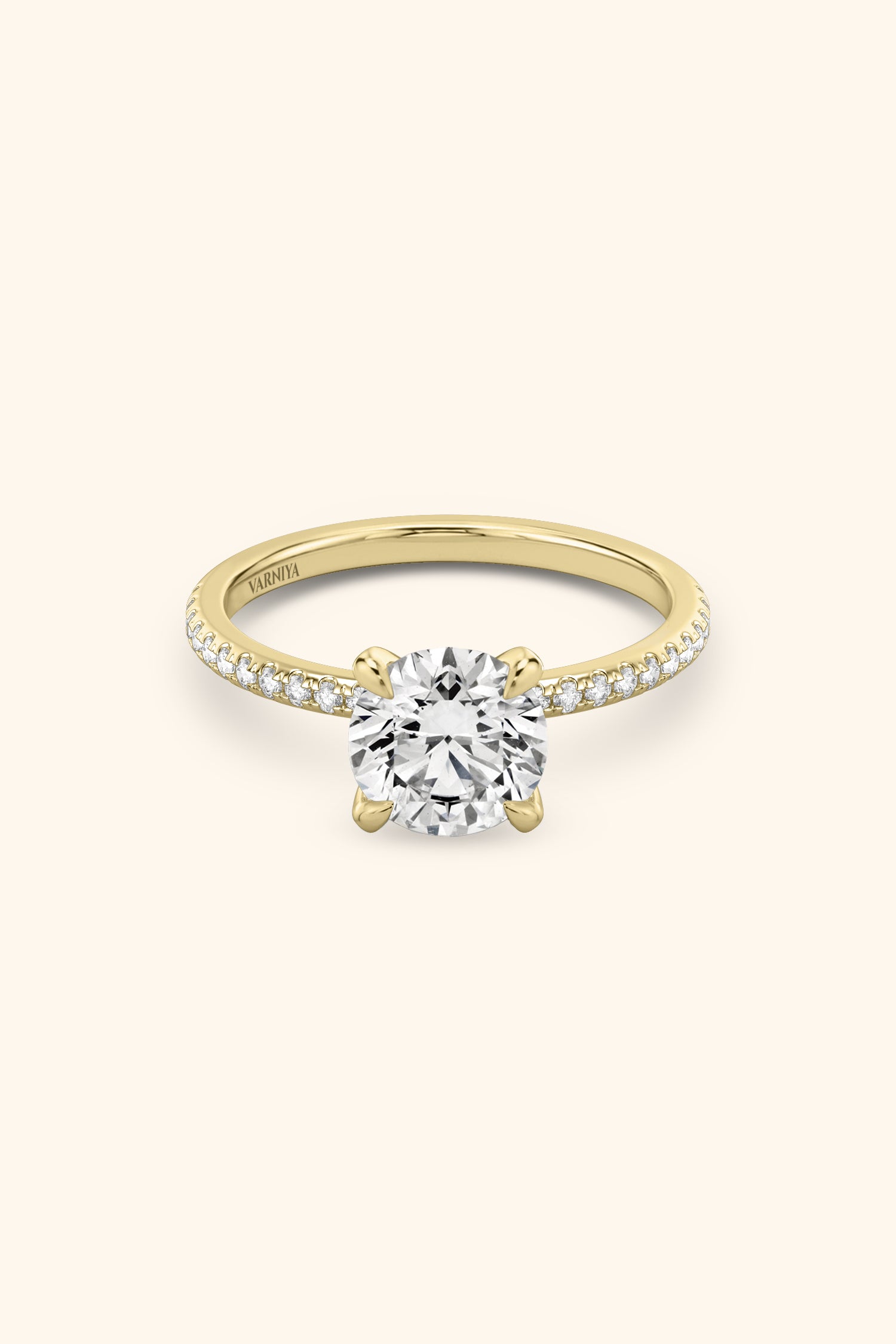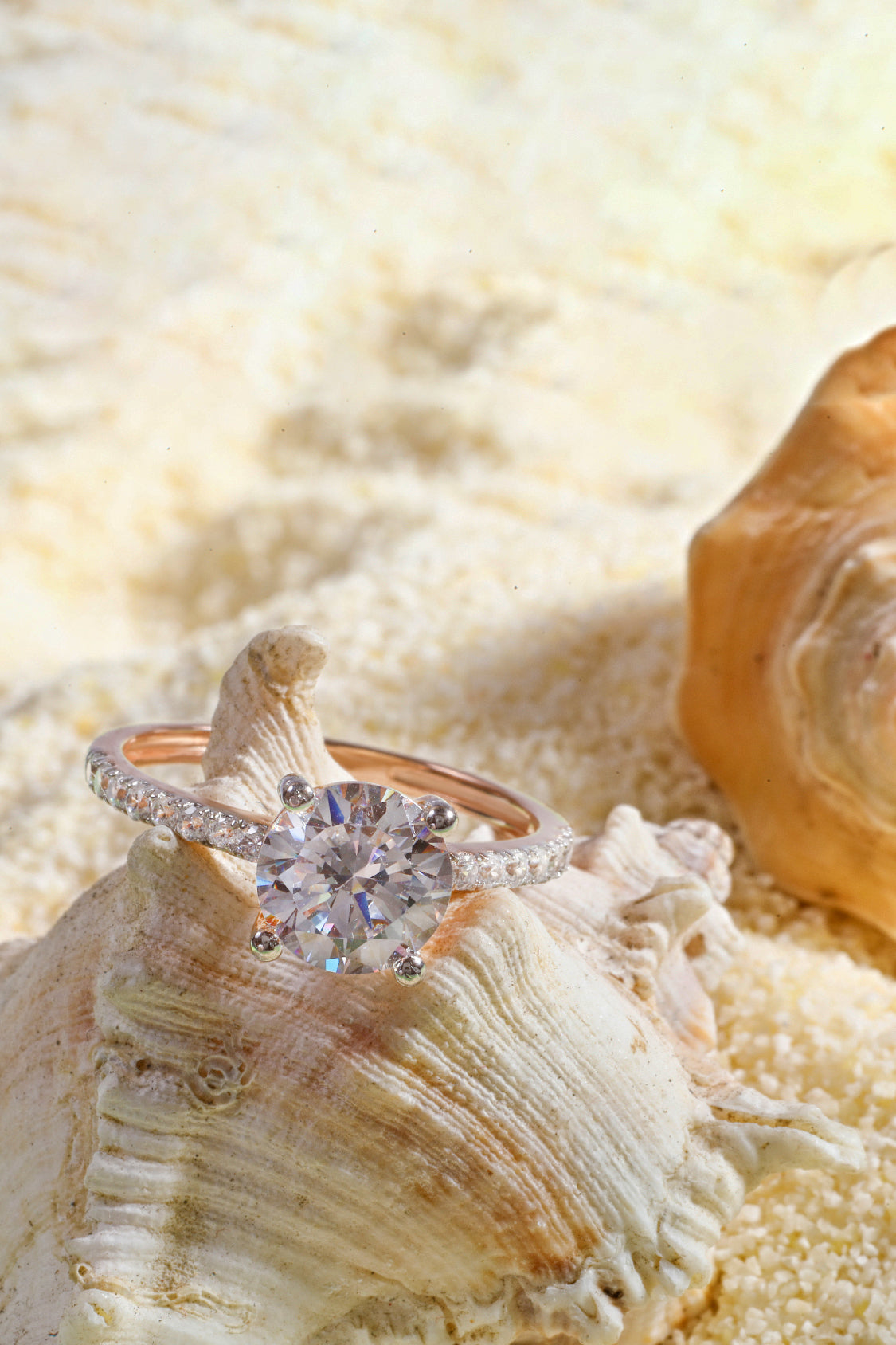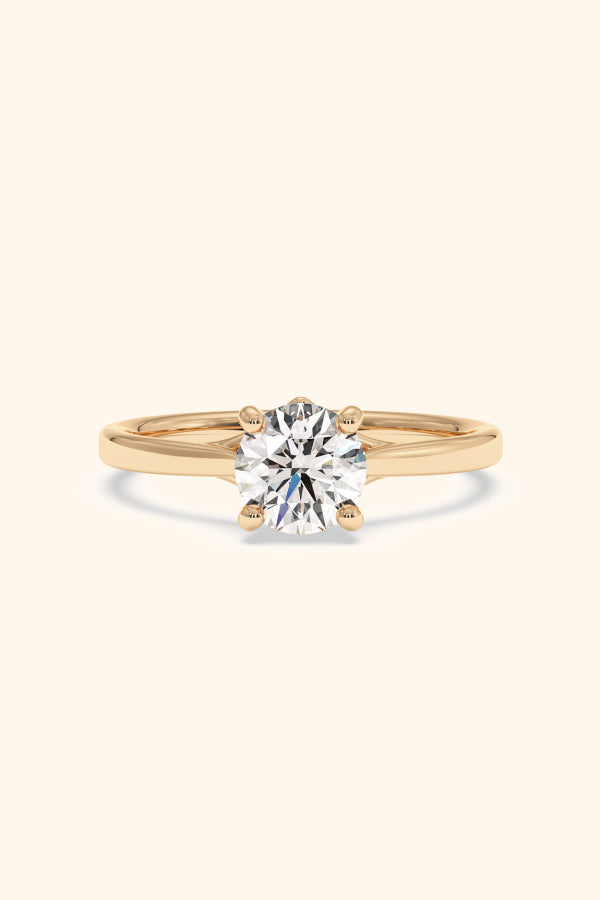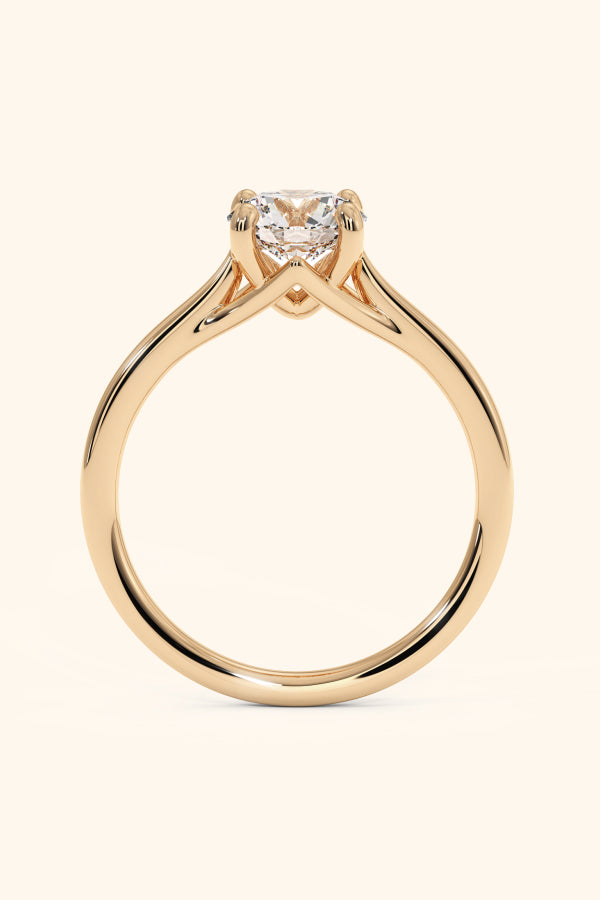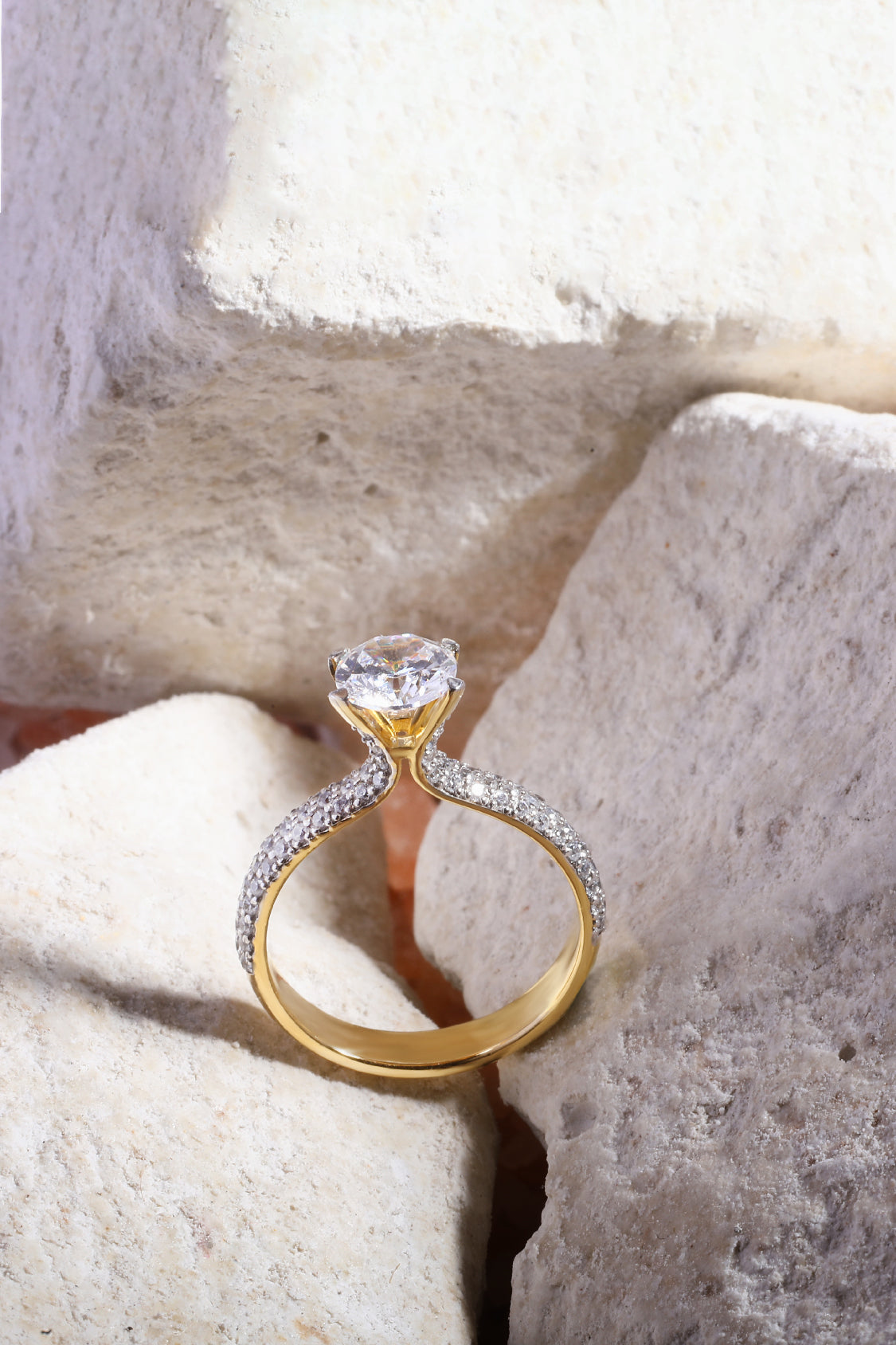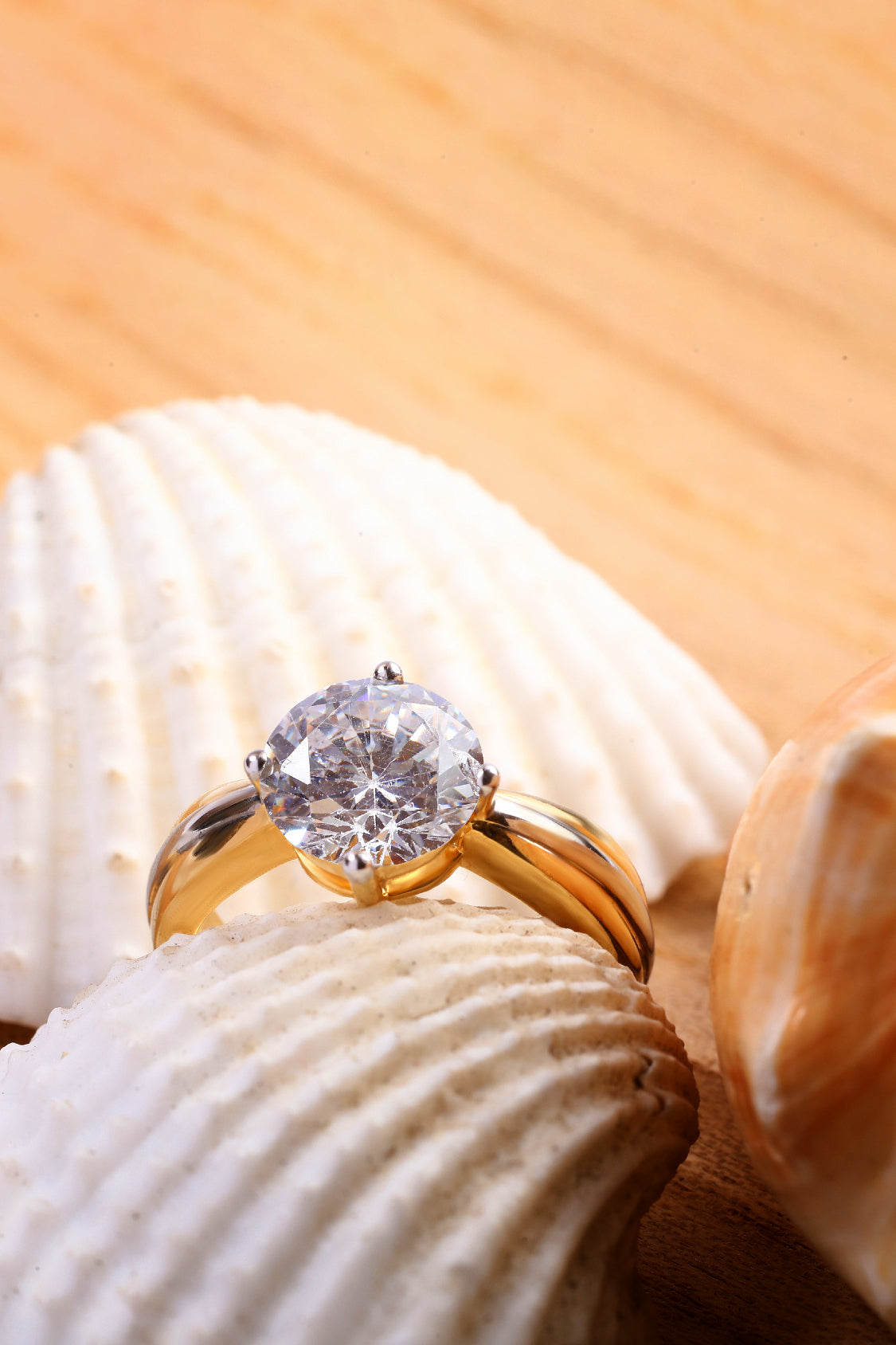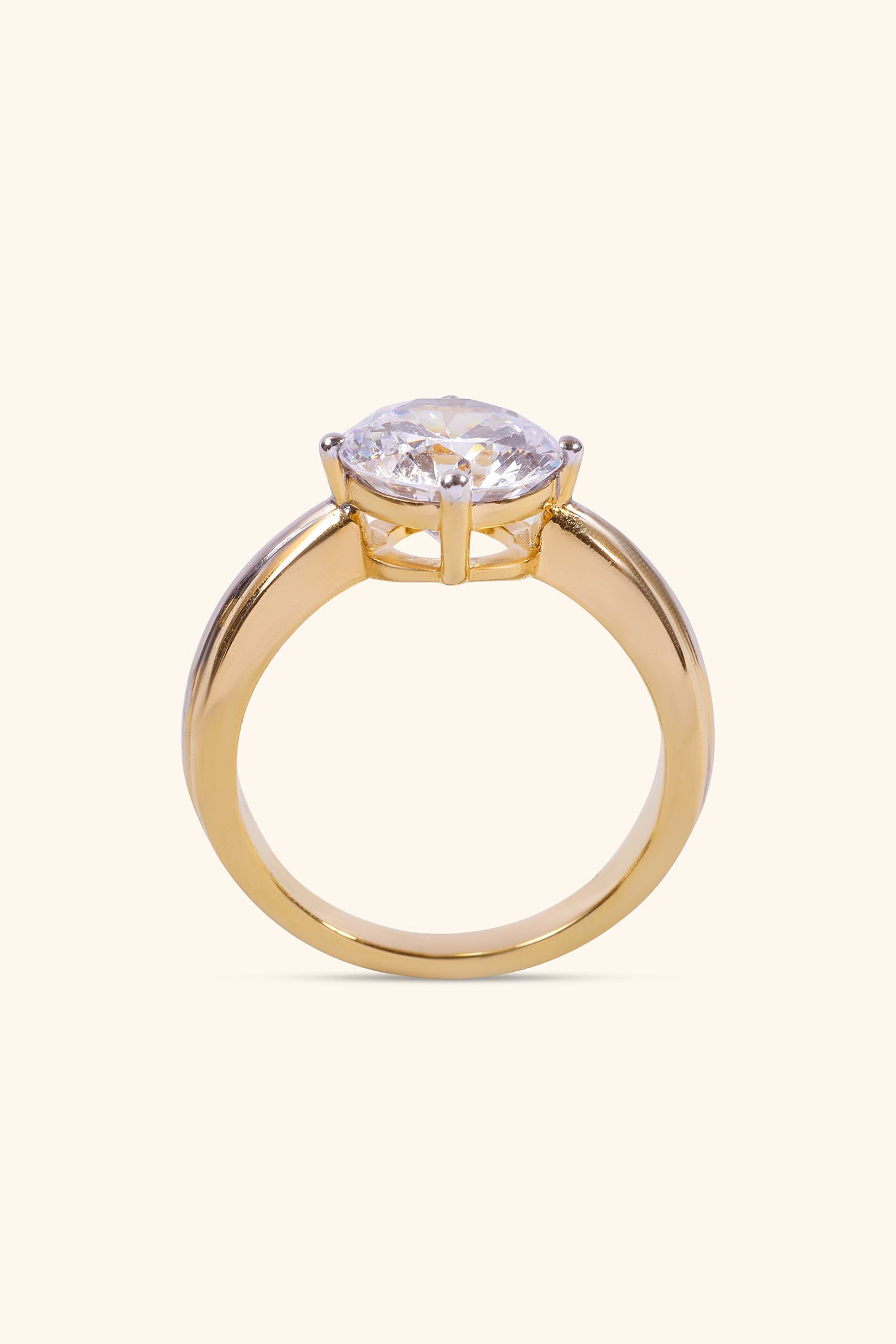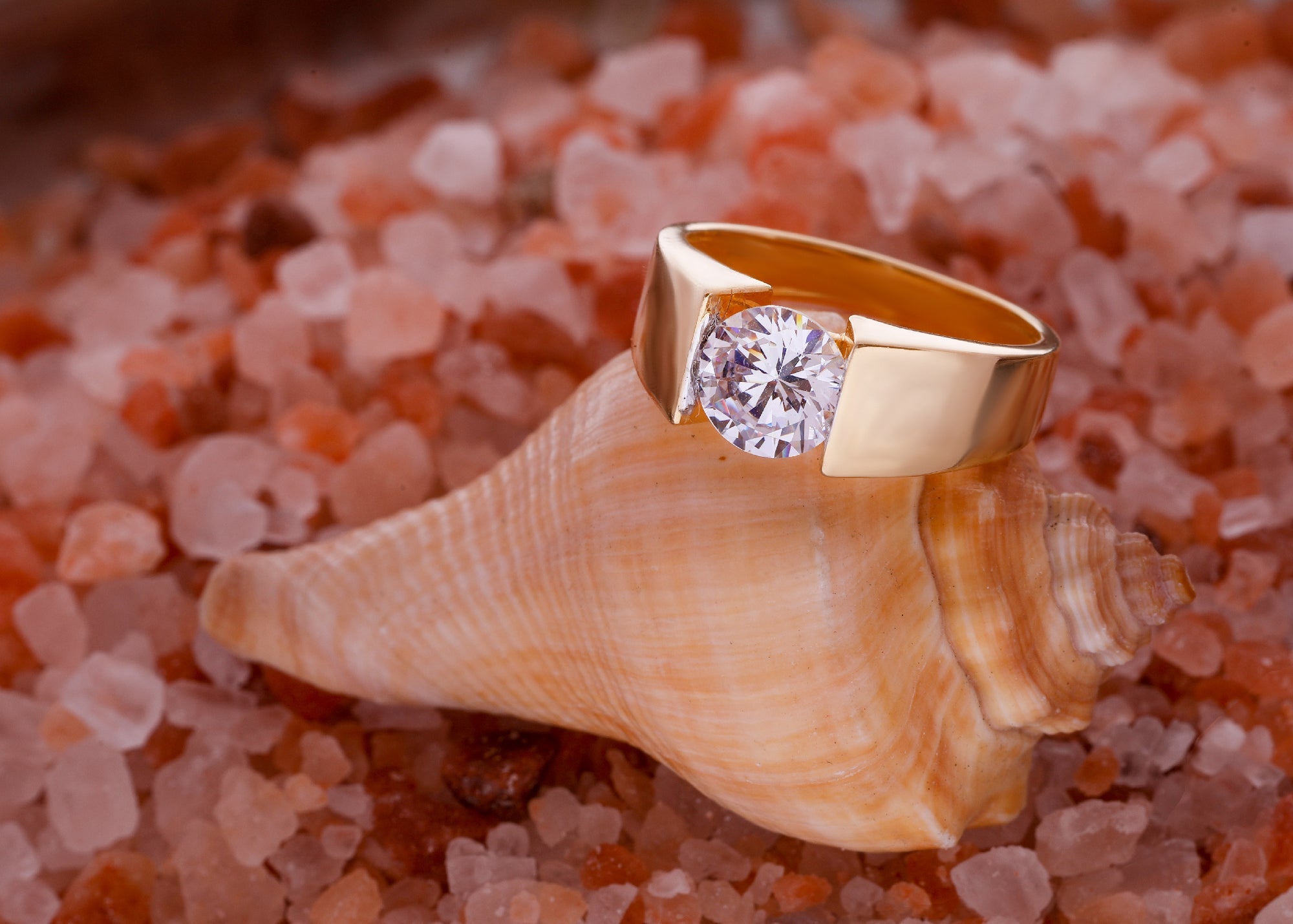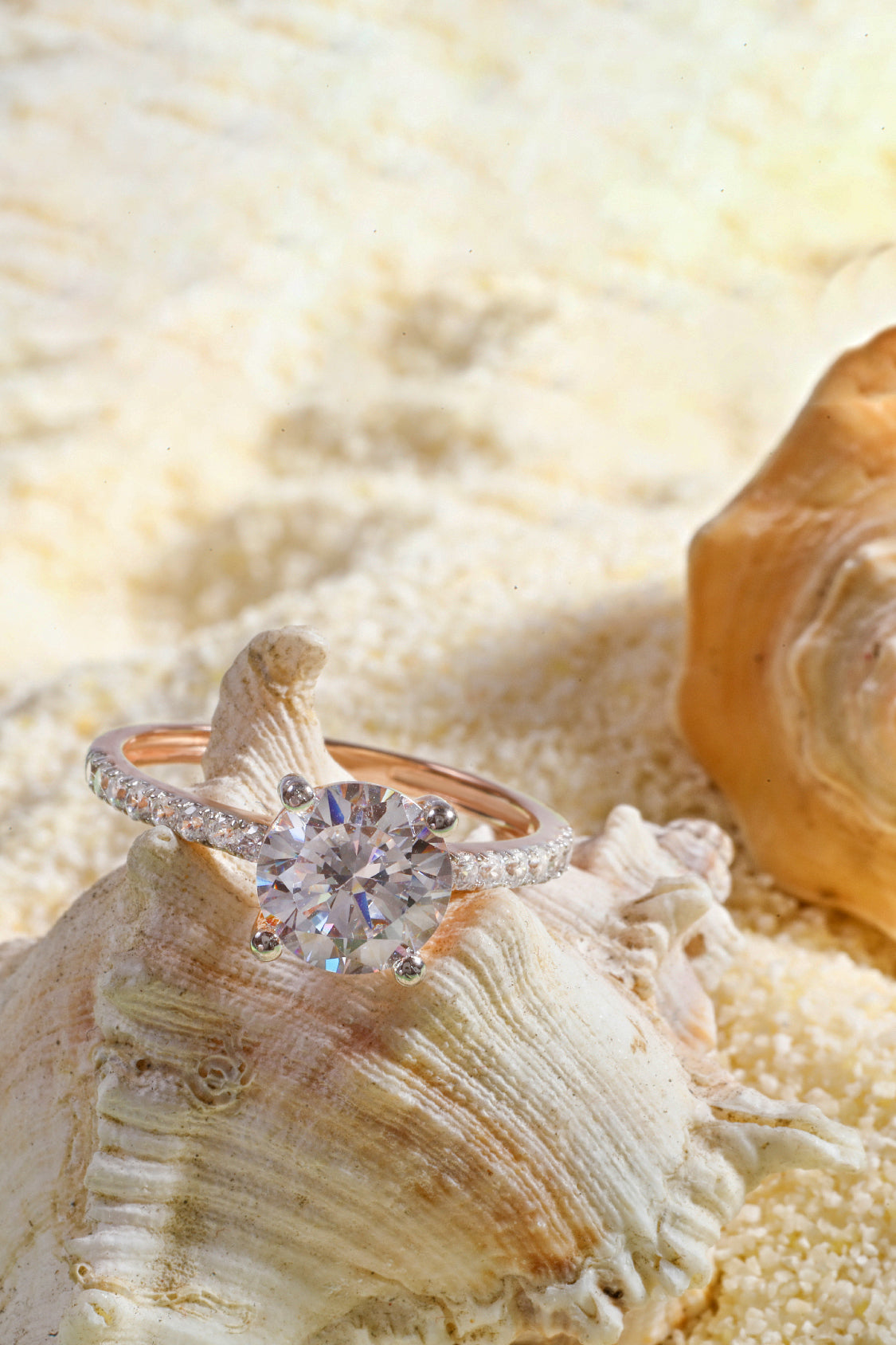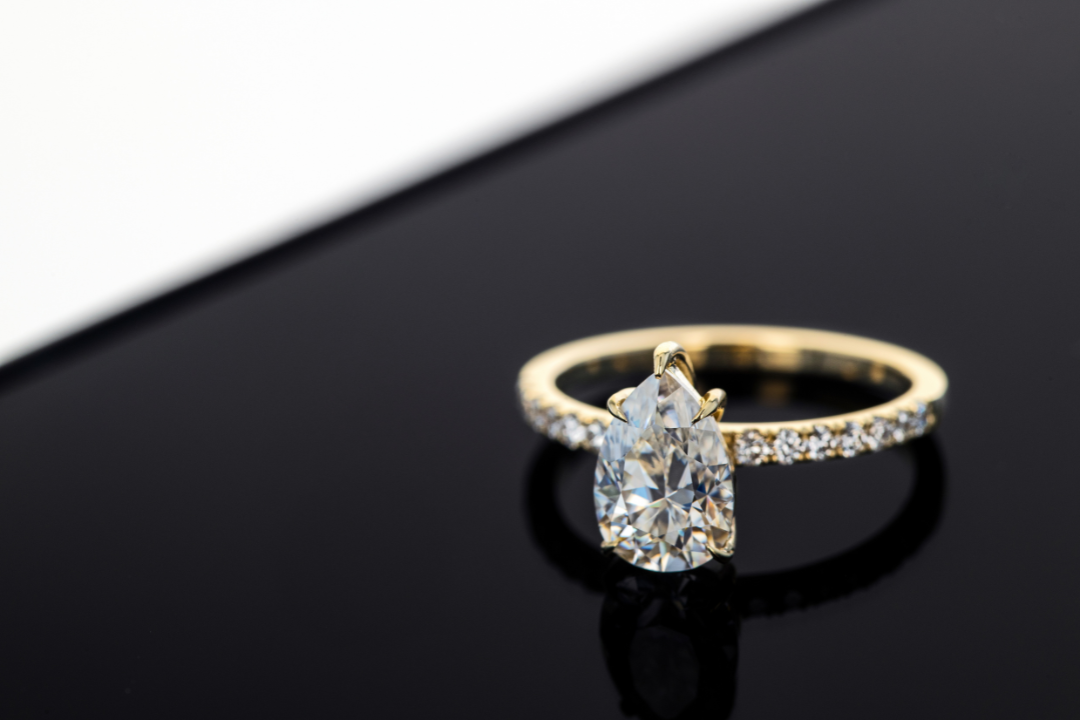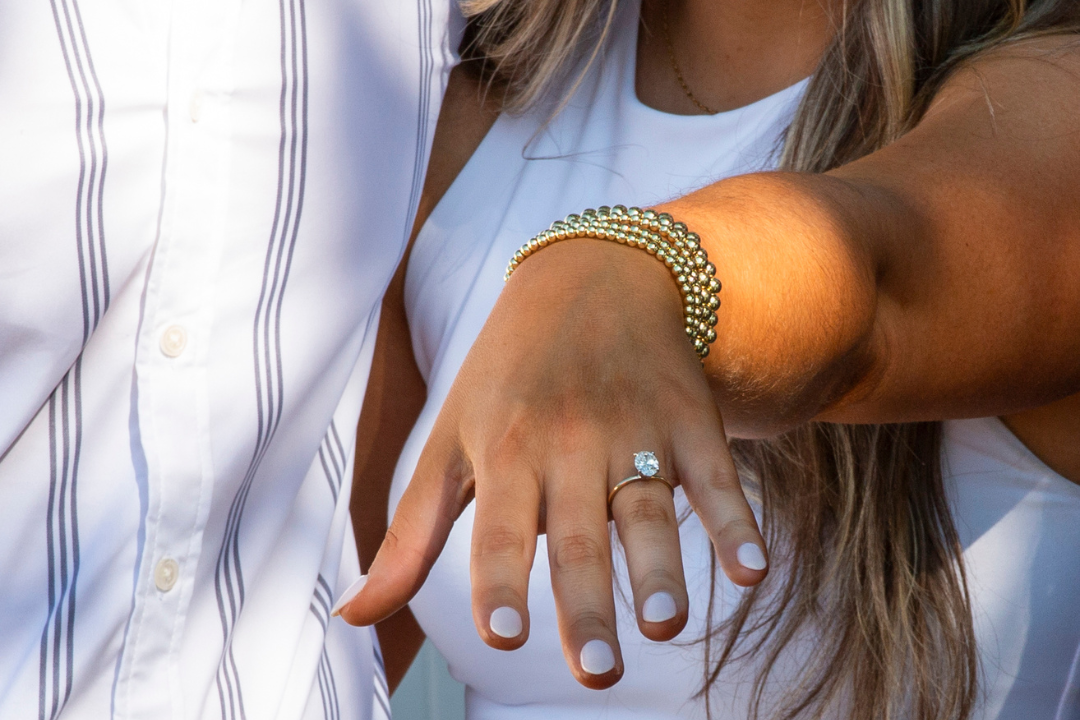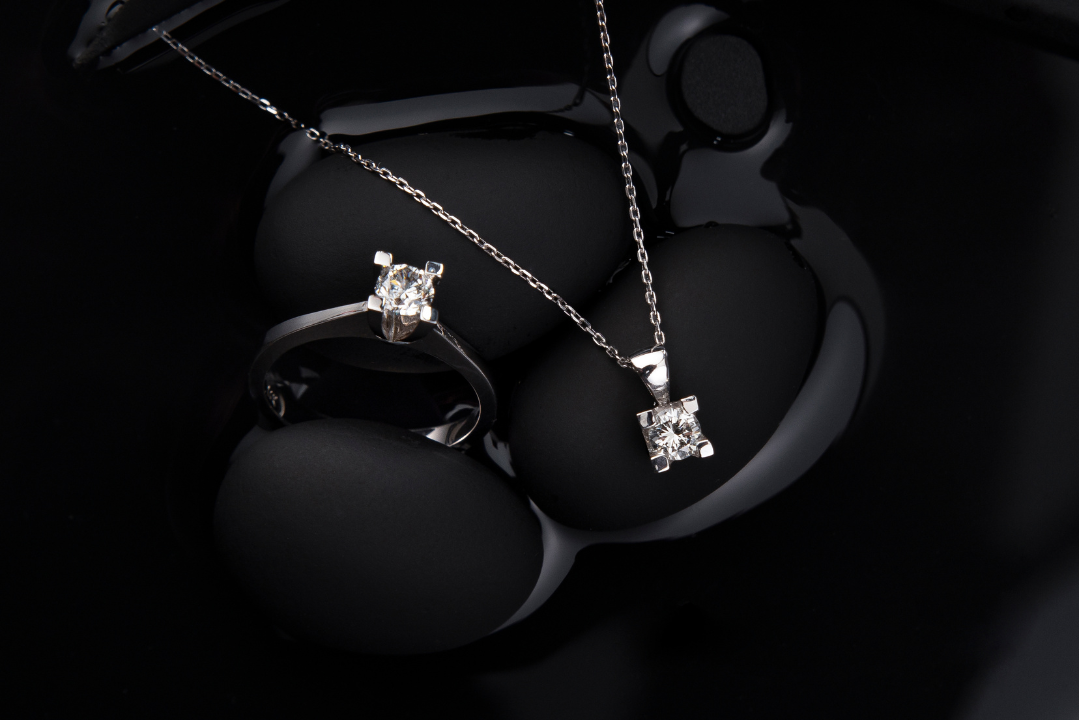
How to Insure Diamond Earrings for Maximum Coverage
Value, documentation, appraisals, coverage—this guide shows you how to insure diamond earrings step-by-step, with zero confusion.
Diamond earrings aren’t just beautiful—they’re a serious investment. Yet many people don’t realize that standard homeowners or renters insurance often provides limited coverage for high-value jewelry.
According to the Insurance Information Institute, most policies cap jewelry claims at around $1,500 unless additional protection is added.
Many insurance companies limit theft coverage for jewelry to only $1,500, which can leave high-value items significantly underinsured. If your earrings are worth more, that leaves a big gap.
This guide walks you through how to insure diamond earrings step by step—so you can secure the right policy, understand your coverage limits, and avoid surprises if you ever need to file a claim. It’s simpler than you think—and worth every minute.
Why Insuring Diamond Earrings is a Must
Diamond earrings are valuable, and losing them can be heartbreaking. They are not just precious jewelry but also a significant investment. Many people think their home insurance policy will cover them, but that’s not always true. Most people find out too late that homeowners insurance coverage for jewelry is not sufficient.
Without jewelry insurance, you risk financial loss if your earrings are lost, stolen, or damaged. Having insured jewellery gives you peace of mind, knowing your valuables are protected from loss or theft.
Jewellery insurance can cover items kept at home, shops, lockers, or exhibitions, ensuring comprehensive protection for your precious assets. Most insurance companies offer special personal property coverage for valuable items like natural diamonds. Some plans even provide worldwide coverage for jewellery items.
Specialty insurance companies also offer dedicated insurance coverage exclusively for jewelry, providing more extensive protection than standard policies.
Types of Jewelry Insurance: Finding the Right Coverage
1. Standalone Jewelry Insurance Policies
A standalone jewelry insurance policy is designed just for jewelry items like earrings, engagement rings, and natural diamonds. These policies cover theft, accidental damage, and loss.
-
Worldwide coverage for lost or stolen jewelry
-
Accidental damage protection
-
Coverage limits based on your jewelry’s appraisal
How to get it:
-
Get a valuation certificate from a jeweler
-
Compare insurance providers to find the best rates
-
Submit supporting documents and finalize your policy
2. Homeowners or Renters Insurance Endorsements
If you have home insurance or renter’s insurance, you might already have some jewelry coverage. But standard home insurance policies often have low coverage limits for insured items and jewelry.
-
Personal property coverage for jewelry items
-
Theft and fire protection
-
Some policies offer add-ons for higher coverage
How to get it:
-
Check your existing policy to see if it covers jewelry
-
Ask your insurance company about adding more coverage
-
Provide a jewelry appraisal to determine the insured amount
3. Blanket Jewelry Coverage
A blanket coverage policy covers multiple valuable pieces without requiring individual appraisals. It’s a flexible option for homeowners and those with other valuables, like watches or bracelets. Blanket coverage or a rider can also be added to existing insurance to increase jewelry coverage. A floater is an insurance policy that covers specific items for their full insured value regardless of where the incident occurs.
-
Multiple jewelry pieces under one policy
-
No need for separate appraisals
-
Protection against natural disasters, theft, and loss
How to get it:
-
Contact an insurance provider that offers blanket policies
-
Ensure your policy terms include cover loss and accidental damage
-
Pay attention to cost, coverage limits, and claims process
4. Jewelry Warranty or Protection Plans
A jewelry warranty is different from jewelry insurance. It mainly covers accidental damage and manufacturing defects. Some warranties also cover loss, but they often don’t offer worldwide coverage.
-
Repairs for scratches, loose stones, or broken clasps
-
Some warranties cover loss or theft (check policy terms)
-
Protection against manufacturing defects
How to get it:
-
Many jewelry stores offer warranty plans at the time of purchase
-
Some credit card companies provide extended warranty coverage
-
Check with your insurer to see if they offer an add-on for warranty protection
5. Credit Card Purchase Protection
Did you know your credit card might insure jewelry? Some credit card companies provide purchase coverage for valuable items bought with their card. This can be a helpful insurance policy for new purchases.
-
Theft, loss, or damage for a limited time after purchase
-
Some cards extend warranty protection
-
Coverage varies, so always compare policies
How to get it:
-
Use a credit card that offers purchase protection when buying jewelry items
-
Keep supporting documents, like your appraisal and valuation certificate
-
Check coverage limits and policy terms before relying on this option
6. Travel Insurance with Jewelry Coverage
If you travel often, you might worry about losing jewelry in a hotel or airport. Some travel insurance plans offer jewelry coverage to protect precious jewellery against theft, loss, or damages caused during your trip.
-
Lost or stolen jewelry while traveling
-
Accidental damage on the go
-
Some plans offer coverage for high-value jewelry items
How to get it:
-
Ask your insurance provider if your existing policy includes travel coverage
-
If not, buy a separate policy for valuable pieces before traveling
-
Keep your jewelry insured with regular appraisals to claim full value
Personal Property Coverage vs. Jewelry Insurance
| Feature | Personal Property Coverage | Jewelry Insurance |
|---|---|---|
| Coverage Scope | Covers a wide range of household items, including some jewelry. | Specifically covers high-value jewelry items like diamond earrings. |
| Coverage Limits | Usually has low limits for jewelry (e.g., $1,000 - $2,500). | Higher limits based on appraisal value. |
| Theft & Loss | May cover theft, but often excludes accidental loss. | Covers both theft and accidental loss. |
| Accidental Damage | Rarely covers accidental damage. | Covers accidental damage, including stone loss or breakage. |
| Appraisal Requirement | Not always required. | Usually required for high-value jewelry. |
| Claim Process | Can be lengthy and require extensive proof. | Simpler claims process with proper documentation. |
| Worldwide Coverage | Typically not included. | Many policies offer worldwide coverage. |
| Cost | Lower cost as part of home insurance. | Higher cost but provides full protection. |
The Cost of Insuring Diamond Earrings
The cost of insuring diamond earrings depends on a few things. Insurance companies look at the value of your earrings, coverage limits, and the type of jewellery insurance policy you choose. On average, jewelry insurance costs 1% to 2% of the jewelry’s value per year.
The premium for jewelry insurance can also be influenced by factors like the deductible chosen, location, and the value of the jewelry. Insurance premiums can be affected if a claim is made for jewelry since such claims typically increase the overall cost of home insurance policies.
What affects the cost?
-
Appraisal value – Higher value jewelry means higher insurance coverage.
-
Type of insurance policy – A standalone policy may cost more than home insurance add-ons.
-
Risk factors – If you live in an area with high theft rates, the cost increases.
Insurance Coverage for Diamond Earrings
-
Losing your diamond earrings can be heartbreaking. That’s why insurance coverage is important. Without it, you could face a significant financial loss.
-
There are different ways to insure jewelry. Some people add personal property coverage to their home insurance policy. Others buy a separate policy for valuable items. If you travel, consider a plan that offers worldwide coverage.
-
To get the right insurance policy, check your coverage limits. Look at policy terms to see if it covers theft, accidental damage, and natural disasters. Always compare policies from different insurance providers. Protect your precious jewelry before it’s too late!
Sample Jewelry Insurance Cost Breakdown
| Jewelry Item Value (₹) | Estimated Annual Premium (1%) | Estimated Annual Premium (2%) |
|---|---|---|
| ₹50,000 | ₹500 | ₹1,000 |
| ₹1,00,000 | ₹1,000 | ₹2,000 |
| ₹2,50,000 | ₹2,500 | ₹5,000 |
| ₹5,00,000 | ₹5,000 | ₹10,000 |
| ₹10,00,000 | ₹10,000 | ₹20,000 |
| ₹25,00,000 | ₹25,000 | ₹50,000 |
📌 Note: Premiums may vary depending on the insurance provider, risk profile (e.g., location, storage method), and whether the policy includes worldwide coverage, accidental damage, or natural disasters.
How to Get Your Diamond Earrings Insured
Step 1: Get a Professional Appraisal
Before you can insure jewelry, you need to know its true value. A professional appraisal tells you how much your diamond earrings are worth. This is important because insurance companies use this information report to set your coverage limits.
-
Find a certified jewelry appraiser.
-
Ask for a valuation certificate that lists details like diamond quality and metal type.
-
Keep this document safe—it’s needed for your insurance policy.
Step 2: Choose the Right Insurance Policy
Not all insurance policies are the same. Some people add personal property coverage to their home insurance policy, while others buy a separate policy just for valuable items.
-
Jewelry insurance that covers theft, accidental damage, and loss.
-
A policy that offers worldwide coverage if you travel.
-
An insurance provider with a good claim process and fair policy terms.
Step 3: Understand Coverage Limits and Exclusions
Every insurance policy has rules on what it covers. You need to check the coverage limits and see if there are exclusions. Some policies may not cover natural disasters, wear and tear, or damages caused by you.
-
Does it cover loss, theft, and accidental damage?
-
What are the coverage limits? If your earrings are worth more, you might need extra protection.
-
What documents are needed to file a claim? Keep all supporting documents safe.
Step 4: Provide Required Documentation
To activate your jewelry insurance, you need to provide certain supporting documents. These prove your diamond earrings are real and help with the claim process if you ever need it.
-
A valuation certificate from a professional appraiser
-
Your purchase receipt and any insurance provider forms
-
Photos of your insured jewelry for proof
-
Details of existing home insurance policies (if adding coverage)
Step 5: Determine Policy Value and Premiums
The cost of insurance coverage depends on your earrings' value, the policy terms, and most cases the level of coverage limits you choose.
-
Jewelry value – Higher-value earrings mean higher coverage costs
-
Type of insurance policy – A separate policy costs more than an add-on to home insurance
-
Risk factors – If you live in a high-crime area, your insurance company may charge more
Step 6: Finalize and Activate Your Policy
Once you have all the required documents and have chosen the best insurance coverage, it’s time to finalize.
-
Review the policy terms carefully before signing
-
Confirm the claim process and any exclusions
-
Pay the first premium to start coverage
Step 7: Keep Your Policy Updated
Your insurance policy needs regular updates to stay accurate. If your diamond earrings increase in value, you may need higher coverage limits.
-
If you get a new valuation certificate with a higher value
-
If you move or change insurance providers
-
If you add more precious jewelry to your collection
Top Insurance Companies for Jewelry Protection
1. Tata AIG General Insurance
Tata AIG provides comprehensive jewelry insurance. It covers theft, accidental damage, and financial loss due to natural disasters.
-
Visit their website or an insurance agent
-
Provide supporting documents, like an appraisal and valuation certificate
-
Choose the right insurance policy based on your jewelry value
2. HDFC ERGO General Insurance
HDFC ERGO offers specialized coverage for valuable items like diamond earrings and diamond engagement ring. Their insurance policies cover loss, theft, and damages caused by accidents.
-
Get a jewelry appraisal to determine its insured value
-
Compare policy terms and choose the best one
-
Submit your existing policy details (if applicable)
3. ICICI Lombard General Insurance
ICICI Lombard provides add-on jewelry coverage under its home insurance policy. It protects against theft, loss, and accidental damage to jewellery.
-
Check if your home insurance policy already offers jewelry coverage
-
If not, buy a separate policy
-
Submit supporting documents like a valuation certificate
How to File a Jewelry Insurance Claim
Losing diamond earrings can feel awful. But if they’re insured, you can file a claim and get money back — or a replacement. Here's how to do it the right way, especially if you want maximum insurance coverage.
You must notify your insurance provider immediately after the loss, theft, or damage of the insured jewellery to ensure a smooth claims process.
-
Use Recent Photos as Proof of Condition: Before your earrings are lost or damaged, take photos. Show all sides clearly. Save them on your phone or email. This helps show the condition to your insurance provider later. Taking photos and videos of the damage can serve as valuable evidence when filing a claim for jewellery insurance.
-
Email Everything to Create a Paper Trail: Always use email. Send messages to your insurer when you report the issue. Keep copies of your purchase coverage details, appraisal, and receipt. This helps prove what you own and what it's worth.
-
Ensure Your Appraisal Is Current (Within 2–3 Years): Your valuation certificate should be recent. If it's older than 3 years, your insurance company may not accept it. Appraisals help set the coverage limits for your claim.
-
Know Your Policy Type: ACV vs Replacement Value: ACV means Actual Cash Value. That’s what your item is worth after wear and tear. Replacement value covers the full cost of buying it new. Ask your insurance company which one applies.
-
File Promptly — Some Insurers Have 30-Day Deadlines: Don’t wait. File your claim quickly. Some insurance policies only allow 30 days. Check your policy terms to avoid denial.
-
Request a Police Report — Even for Accidental Loss: Even if you just lost the earrings, filing a police report helps. It’s proof for your jewelry insurance or home insurance policy claim. Some companies may not accept your claim without one.
-
Check Item-Level Coverage Limits: Your total jewellery insurance policy may be high, but does it cover each item? A ring or diamond earrings may need to be listed separately if they’re worth more than your per-item limit. This is where personal property coverage or a separate policy matters.
Additional Considerations for Long-Term Jewelry Protection
Protecting your diamond earrings goes beyond insurance coverage. Here are a few extra steps to keep your precious jewelry safe for years.
-
Store in a Safe Place: Use a bank locker or a home safe to protect against theft and fire. Keep supporting documents like your valuation certificate with them.
-
Keep Backup Documents: Store copies of other documents, including photos and receipts, in a secure place.
-
Check Your Policy Terms: Some insurance providers update coverage limits. Review your existing policy yearly to stay protected.
Taking these steps ensures your insured money and jewelry stays protected for the long run!
FAQs

-
Is jewelry covered under renters insurance?
Yes, but only up to a small amount. Most renter’s insurance policies in India cover jewelry up to ₹1.25–₹1.5 lakhs. That may not be enough for a diamond engagement ring or precious jewellery. If your earrings are worth more, you’ll need extra personal property coverage or a separate policy.
-
How do I know if I’m overpaying for jewelry insurance?
Check your valuation certificate. Compare your premium to the insured value. For example, if your diamond earrings are worth ₹3 lakhs, you shouldn’t pay more than ₹6,000 per year (2%).
Ask your insurer if the policy includes accidental damage, fire, and theft. Compare at least three insurance companies before buying.
-
Can I insure my diamond earrings if I bought them years ago?
Yes, you can. Even if it’s been a while, all you need is a fresh appraisal. For instance, earrings you bought in 2015 for ₹1 lakh may now be worth ₹2.5 lakhs due to the rise in natural diamonds prices. Items kept in a bank locker are still insurable — just ensure they’re documented.
-
What is the best way to insure jewelry?
You have two options:
-
Standalone jewelry insurance: Premiums start at ₹1,500–₹6,000 per year for items worth ₹1–5 lakhs. This covers worldwide coverage, fire, theft, and other valuables.
-
Home insurance add-on: Cheaper, but may only cover up to ₹1.5–₹2 lakhs unless extended.
Specialist providers like Tata AIG, HDFC ERGO, and ICICI Lombard offer jewelry insurance for natural diamonds, rings, and earrings.
-
-
What documents are mandatory to insure diamond jewelry?
To get proper insurance coverage in India, you’ll need:
-
A valuation certificate from a certified jeweler (issued within 2–3 years)
-
A purchase invoice (if available)
-
Clear photos of the jewellery items
-
Existing insurance policy details if you’re adding coverage
Without these, claims over ₹50,000 are often denied or delayed — especially in loss theft or during sale of the jewelry.
-
Diamond earrings are more than just accessories—they’re valuable assets. With the right jewelry insurance, updated appraisals, and proper coverage, you can protect them from loss, theft, or damage. The growing wealth in India is likely to increase the demand for jewellery insurance. Ensure your peace of mind by taking action today, before it's too late.


